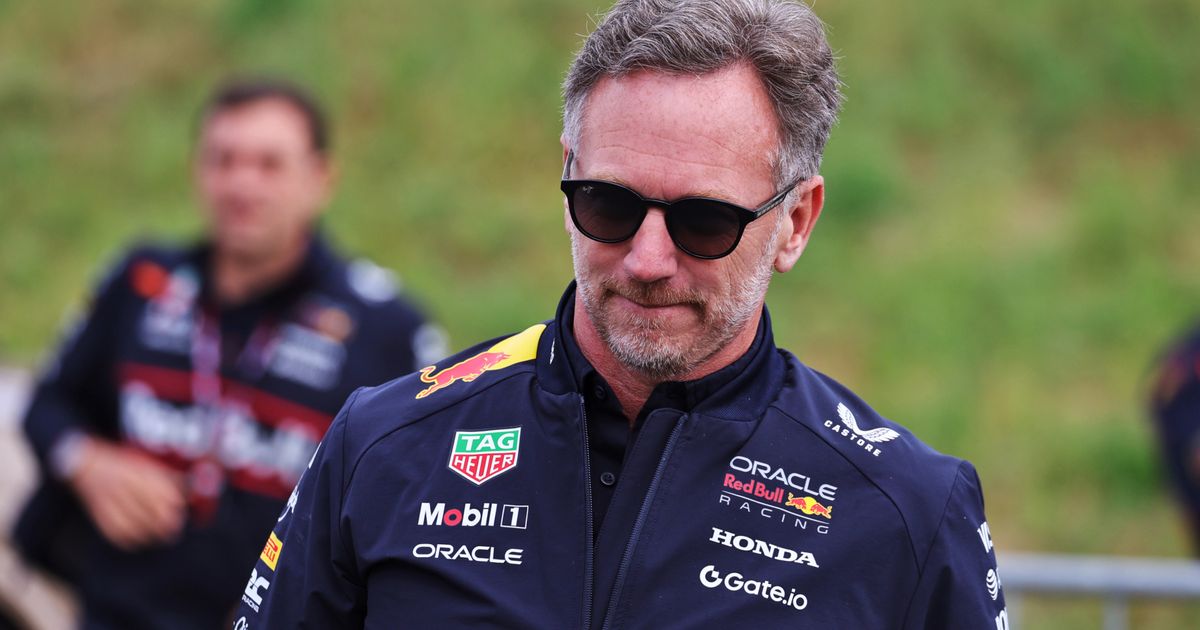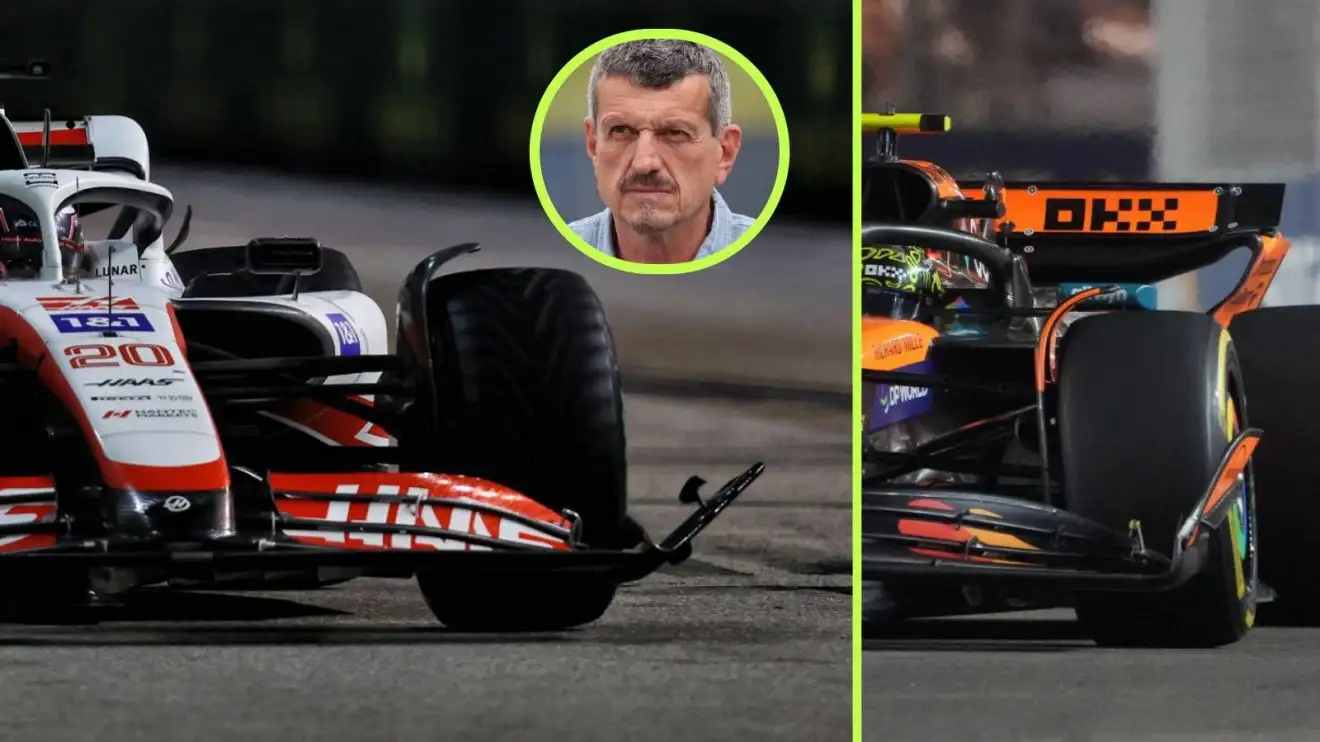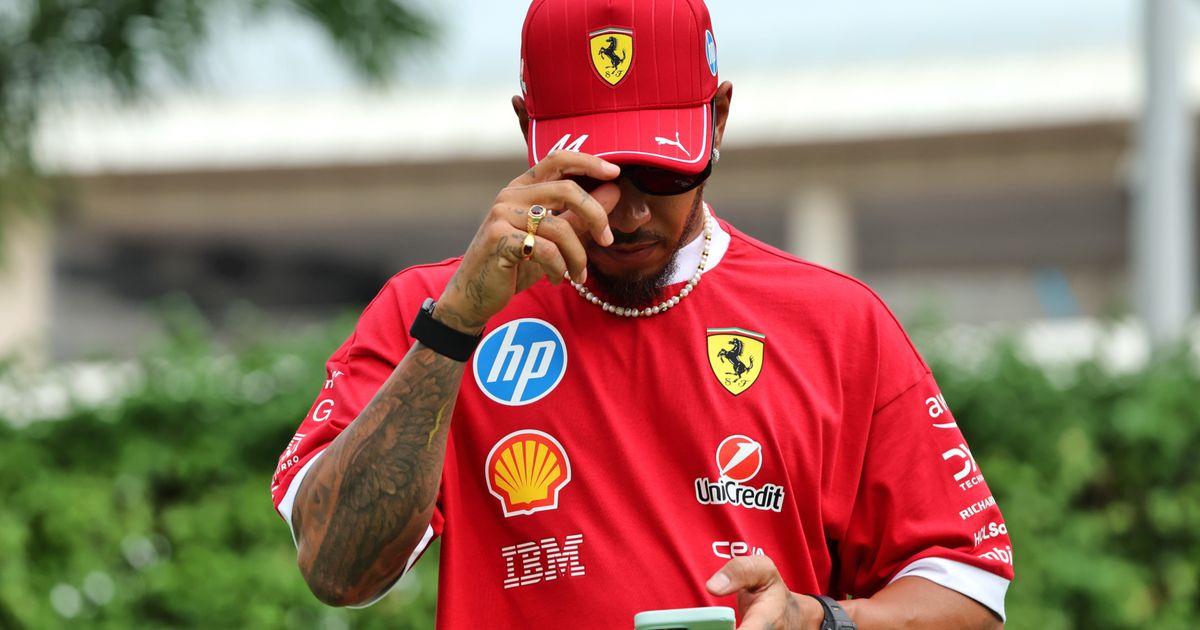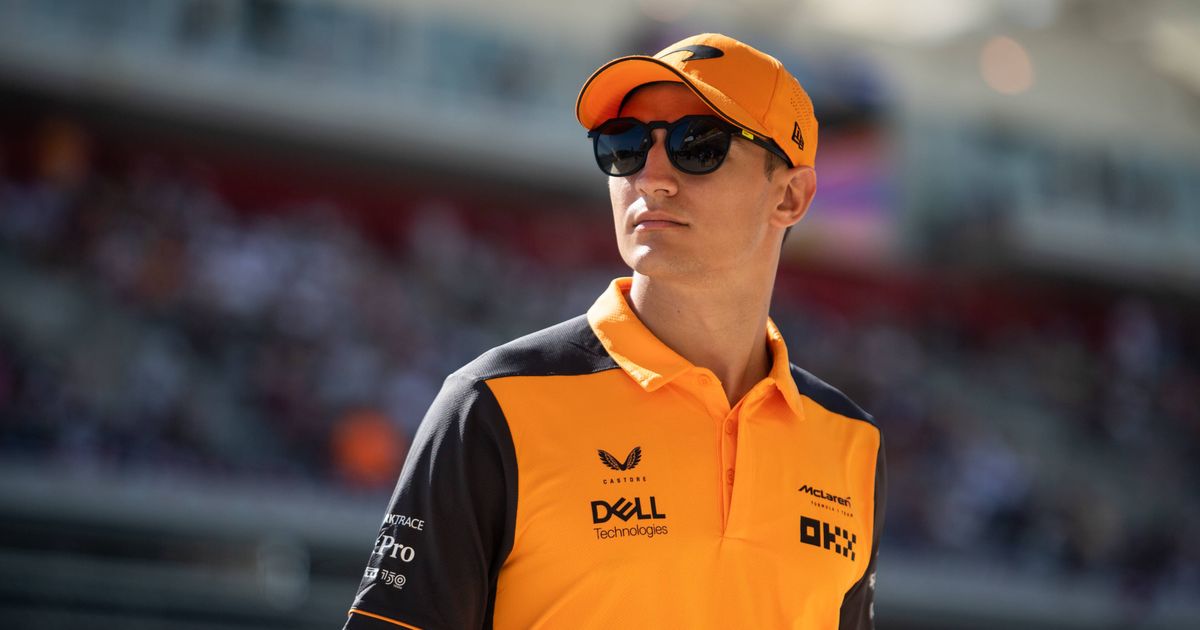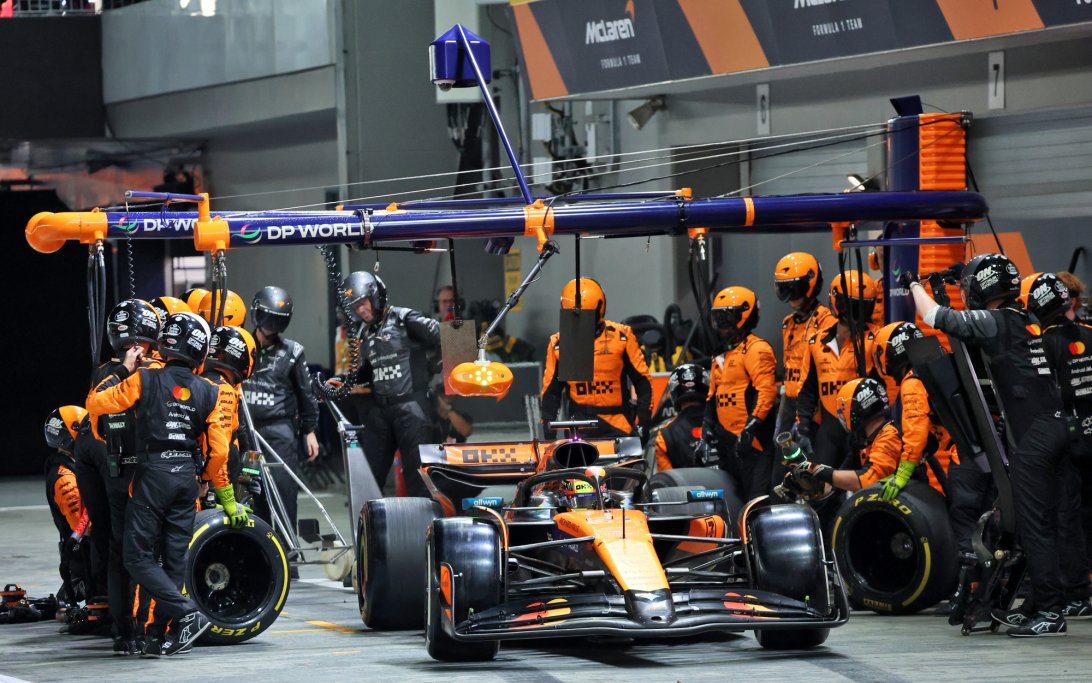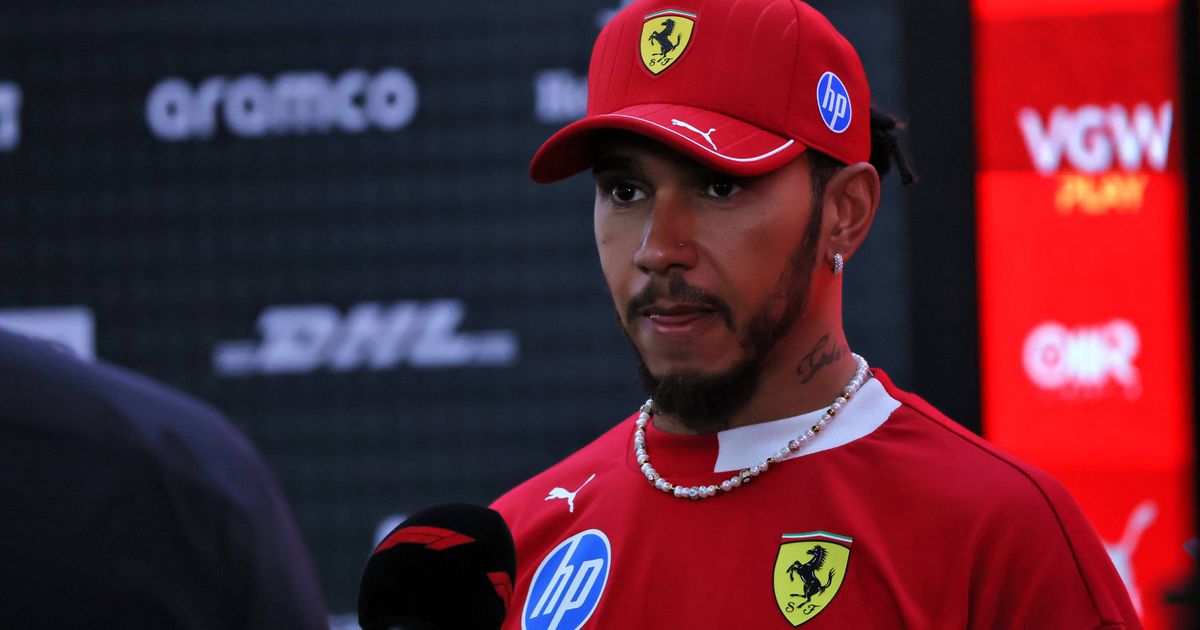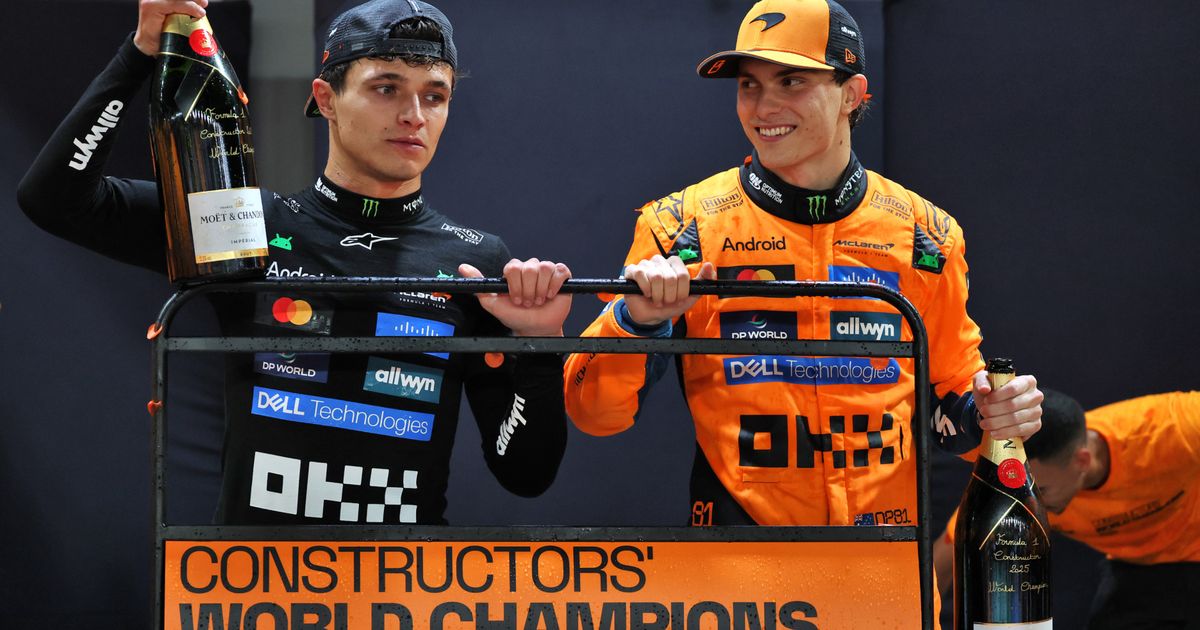
Kravitz: McLaren's 'Nicey-Nicey' Approach Fueled Piastri-Norris Singapore GP Rift
Ted Kravitz suggests that McLaren's attempts to foster 'fair play' between Lando Norris and Oscar Piastri contributed to their on-track conflict at the Singapore Grand Prix. The incident, where Norris made contact with Piastri on Lap 1 to take P3, sparked controversy as McLaren deemed it a racing incident, leaving Piastri frustrated that the order wasn't reinstated.
Why it matters:
This internal conflict highlights the delicate balance F1 teams face in managing competitive drivers. While promoting fair racing is essential, inconsistent application of team rules can breed resentment and potentially destabilize team harmony, especially when championship aspirations are on the line. The incident underscores how even seemingly minor on-track contact can escalate into larger team management challenges.
The Details:
- During Lap 1 of the Singapore Grand Prix, Lando Norris moved past Oscar Piastri into P3, making contact with his teammate's car in the process.
- Piastri felt the contact warranted intervention from the McLaren pit wall to restore the pre-overtake order.
- McLaren, however, ruled it a racing incident and did not issue team orders, leading to Piastri's dissatisfaction.
- Kravitz's Analysis: On the F1 Show podcast, Ted Kravitz questioned whether Piastri might seek 'revenge' in future races, drawing parallels to past F1 rivalries.
- Historical Context: Kravitz compared the 'new McLaren's' 'nicey-nicey' approach to the more 'driver-for-himself' ethos of Ron Dennis's era, suggesting that Dennis's strict rules would have prevented such an ambiguous situation.
- Inconsistent Rules: The reporter noted a perceived inconsistency: Piastri was told to yield to Norris in Monza due to a slow stop, but Norris was allowed to keep his position after making contact in Singapore, seemingly contradicting McLaren's 'papaya rules' of fair play.
Between the lines:
Kravitz argues that by trying to be 'fairer' and fostering a 'warm and cozy' environment, the 'new McLaren' inadvertently created the conditions for this problem. He implies that a more traditional, firm approach under Ron Dennis would have established clear boundaries, preventing the ambiguity that led to Piastri's frustration and the subsequent internal tension. The 'papaya rules' seem to lack the clarity needed for high-stakes, on-track competition, leading to a muddled application that benefits one driver over the other depending on the circumstances.
What's next:
McLaren faces the challenge of clarifying its internal racing rules to prevent future disputes, particularly as both Norris and Piastri continue to develop as competitive drivers. Ensuring consistent application of these rules will be crucial for maintaining team cohesion and focusing on their championship goals. The team will need to address how such incidents are handled to avoid any lingering animosity or perceived favoritism that could impact their performance going forward.
Original Article :https://www.gpblog.com/en/news/piastri-norris-rift-nicey-nicey-mclaren-did-it-to...



